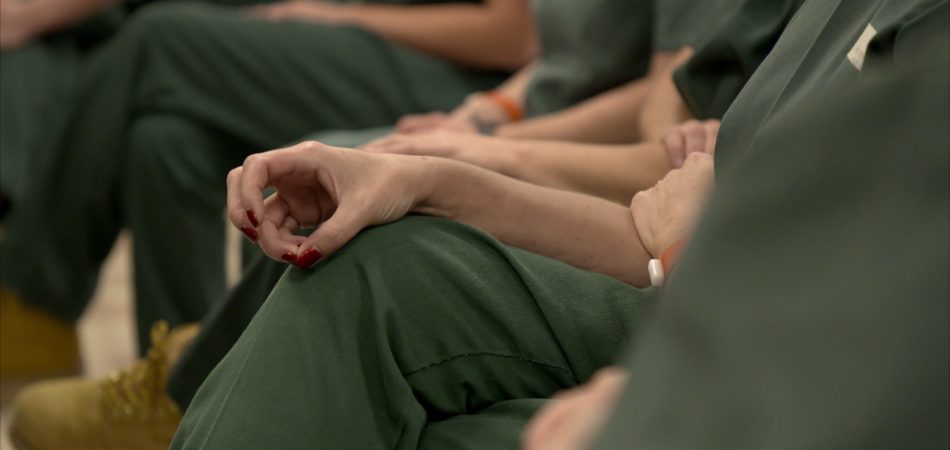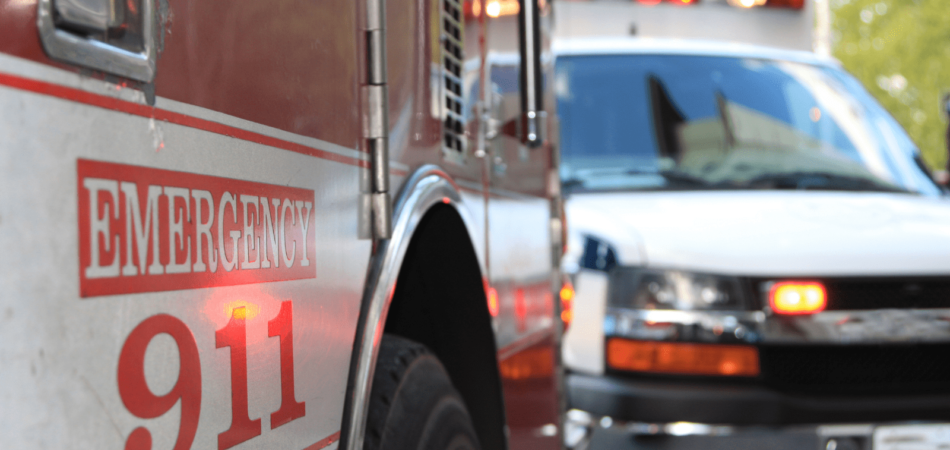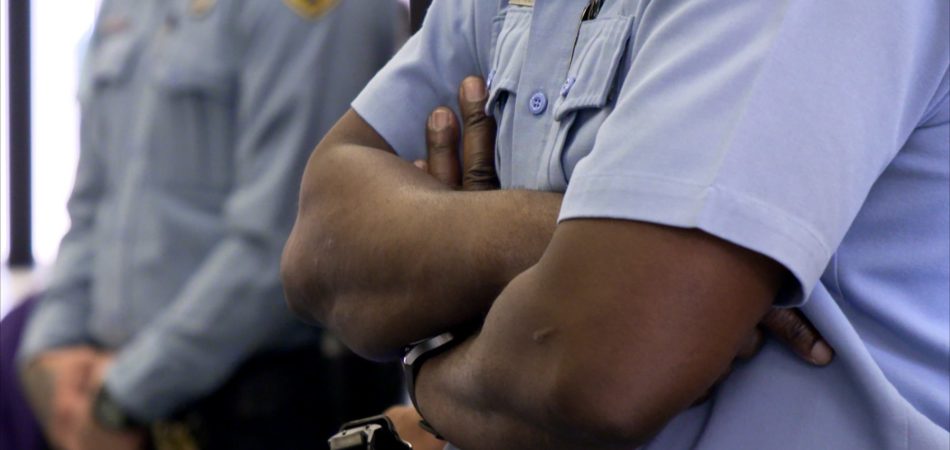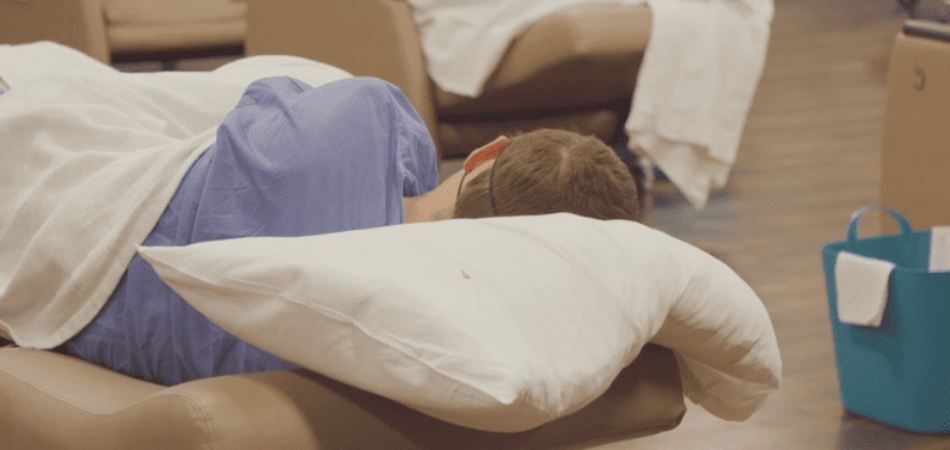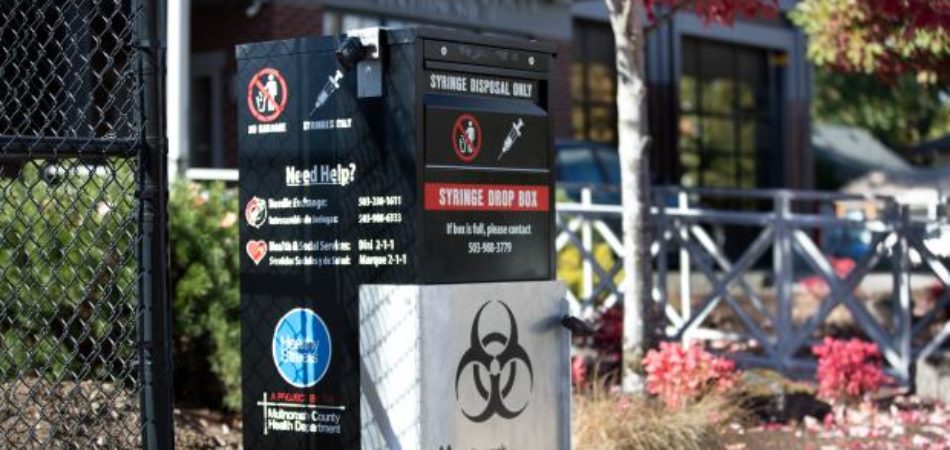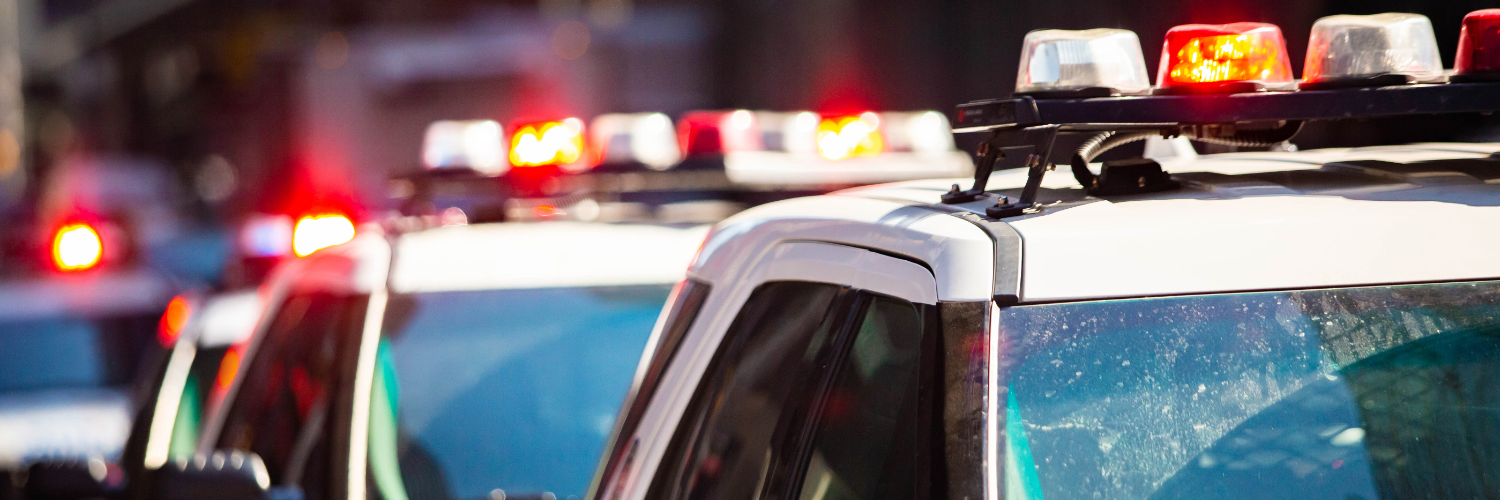
State of the States: Criminal Justice and Behavioral Health Priorities in 2025
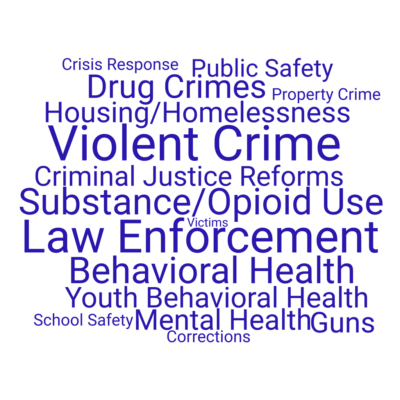
Governors emphasized a wide range of criminal justice and behavioral health initiatives in this year’s state-of-the-state addresses. From Alaska to Washington, governors across the U.S. highlighted significant progress in reducing crime rates, combating the opioid crisis, and expanding mental health services. They also noted areas for improvement, some of which will be legislative priorities in 2025.
Common themes included substantial reductions in violent and property crimes, increased funding for law enforcement, aggressive measures against drug trafficking, expanded behavioral health services, and a growing emphasis on youth crime prevention and school safety. Each of these themes is explored in more detail below.
Public Safety and Crime Reduction
States are increasing efforts to reduce crime and enhance public safety, building on approaches that have already yielded positive results. Governors highlighted significant declines in property crime, violent crime, and even homicides, demonstrating a commitment to public safety for all residents.
- Alaska has seen a 37 percent decrease in its overall crime rate since 2018, with significant reductions in property crime (42 percent), violent crime (17 percent), and felony sexual assault (27 percent).
- Colorado also saw drops in various crime categories, including a 15 percent decrease in property crimes and a 9 percent decline in homicides.
- Idaho has experienced a 17 percent reduction in crime since the governor took office, with violent crime at a 5-year low.
- Virginia reduced murders in 13 of its most violent cities by 38 percent in 2024.
=> For more information on crime data in your state, check out our Tools for States to Address Crime.
Law Enforcement Support
Recognizing that well-supported law enforcement is crucial for maintaining and improving public safety, many states are prioritizing investments in their police forces, correctional officers, and other frontline personnel. This commitment extends beyond simply increasing officer numbers, with states focusing on offering competitive salaries, comprehensive benefits, and enhanced training programs designed to attract and retain staff.
- Arkansas plans to raise starting pay for state troopers by nearly 20 percent.
- Arizona proposes a 5 percent pay increase for state police and correctional officers.
- Colorado passed Proposition 130, providing $350 million for law enforcement hiring, retention, and training.
- Montana is investing $6.5 million in pay increases, training, and resources for correctional officers.
=> Check out our Law Enforcement-Mental Health Learning Sites Program, which serves as a peer-to-peer learning program for law enforcement agencies seeking to build collaborative responses to people who have mental health needs.
Drug Trafficking and Fentanyl Crisis
Although overdose deaths are starting to decline, the fight against drug trafficking, particularly the deadly influx of fentanyl, remains a top priority. States are intensifying their efforts to combat this crisis on multiple fronts, from stopping the flow of illicit drugs across their borders to cracking down on drug dealing within their communities.
- Alaska reports a significant increase in drug seizures, from 78 pounds in 2018 to 572 pounds in 2024.
- Idaho plans to add a new prosecutor in North Idaho focused solely on drug traffickers.
- Indiana is considering a bill that would increase penalties for meth and fentanyl dealers.
- Kentucky reports the seizure of $26 million worth of illicit drugs and nearly 3,000 drug-related arrests by the state police in 2024.
=> Explore our Collaborative Comprehensive Case Plans tool, which includes relapse prevention plans.
Behavioral Health Services
Many states are focusing on improving mental health and substance use disorder services as a component of maintaining public safety and are expanding their efforts in this area. From increasing access to crisis care and treatment options to addressing the unique needs of young people, states are working to create more comprehensive and accessible behavioral health systems as part of their overall crime reduction strategies.
- Kentucky has certified 21 Recovery Ready Communities and expanded the 988 mental health lifeline.
- Maine approved $4 million to expand medication-assisted treatment in county jails and allocated $1.5 million to continue mobile crisis response teams.
- Massachusetts opened 31 community behavioral health centers providing 24-hour crisis care and is also funding behavioral health support in schools across the state.
- North Dakota created a new cabinet position—commissioner of recovery and reentry—to guide an all-of-government approach to addressing substance use disorders.
=> Check out our Expanding First Response toolkit for community responder programs and Stepping Up, a national initiative to support counties in addressing the overrepresentation of people with behavioral health needs in jail.
Criminal Justice Reform and Rehabilitation
Understanding that successful rehabilitation reduces recidivism and ultimately enhances public safety, several states are implementing policy changes designed to equip incarcerated individuals with the tools they need to reintegrate into society.
- Arkansas plans to expand evidence-based programming in prisons.
- Kentucky aims to decrease recidivism by teaching trades in prisons.
- New Jersey is looking to pass legislation that will reform penalties for technical parole violations.
- Oklahoma has closed four prisons, saving taxpayers millions of dollars, and aims to eliminate fines, fees, and court costs to help give people second chances.
=> Learn how to advance fair, effective, and efficient criminal justice strategies through the Justice Reinvestment Initiative and learn about Reentry 2030, a national movement driving meaningful reforms in how we support people returning to their communities after incarceration.
Youth Crime and School Safety
Addressing youth crime and enhancing school safety continue to be priorities throughout the country. As a result, several states have increased the use of school resource officers (SROs) in an attempt to prevent violence among young people.
- Colorado proposed additional support to prevent youth crime and expand resources for youth who commit crimes.
- Georgia has allocated $294 million for campus safety, with an additional $159 million proposed.
- Pennsylvania plans to expand its afterschool programs so that youth have fewer opportunities to engage in violent crime.
- South Carolina has increased the number of schools that have resource officers from 406 schools in 2018 to 1,106 in 2024.
=> Learn more about youth crime, violence, and behavioral health and alternatives to SROs through our national data tool and resources.
Addressing complex criminal justice and behavioral health challenges requires nuanced and multifaceted approaches. While states have made significant strides in reducing crime and expanding access to services, there is still much work to be done. By continuing to learn from data and prioritizing evidence-based solutions, states can make lasting progress toward creating safer and stronger communities.
Learn more about how the CSG Justice Center is helping states achieve their goals.
Photo credit: photospirit via Canva
Authors

A positive school experience, where a child feels secure, is essential for their well-being. However, for many children…
Read MoreWhen returning to their communities from criminal justice settings, people with behavioral health needs face barriers in accessing…
Read More Supporting Children of Incarcerated Parents: Reimagining School and Community Collaboration
Supporting Children of Incarcerated Parents: Reimagining School and Community Collaboration
A positive school experience, where a child feels secure, is essential for…
Read More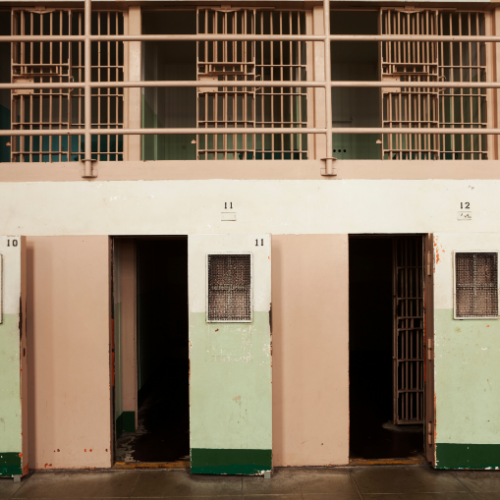 Bridging Communities and Correctional Systems: Q&A with CSG Justice Center Advisory Board Member Commissioner Nicholas Deml
Read More
Bridging Communities and Correctional Systems: Q&A with CSG Justice Center Advisory Board Member Commissioner Nicholas Deml
Read More
 Assigned to the Cloud Crew: The National Incarceration Association’s Hybrid Case Management for People with Behavioral Health Needs
Assigned to the Cloud Crew: The National Incarceration Association’s Hybrid Case Management for People with Behavioral Health Needs
When returning to their communities from criminal justice settings, people with behavioral…
Read More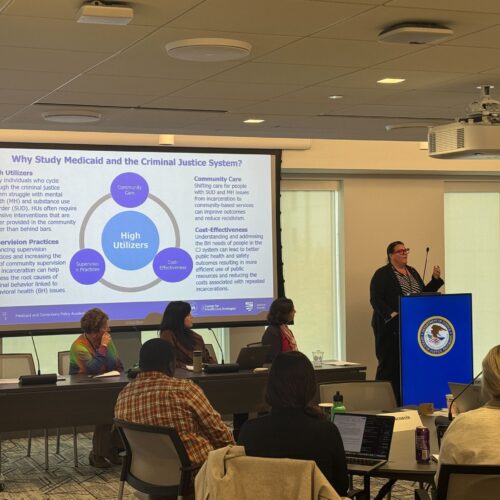 Meet the Medicaid and Corrections Policy Academy Mentor States
Meet the Medicaid and Corrections Policy Academy Mentor States
New Hampshire Department of Corrections Commissioner Helen Hanks presents at the Medicaid…
Read More Taking the HEAT Out of Campus Crises: A Proactive Approach to College Safety
Taking the HEAT Out of Campus Crises: A Proactive Approach to College Safety
The sharp rise in school shootings over the past 25 years has…
Read More